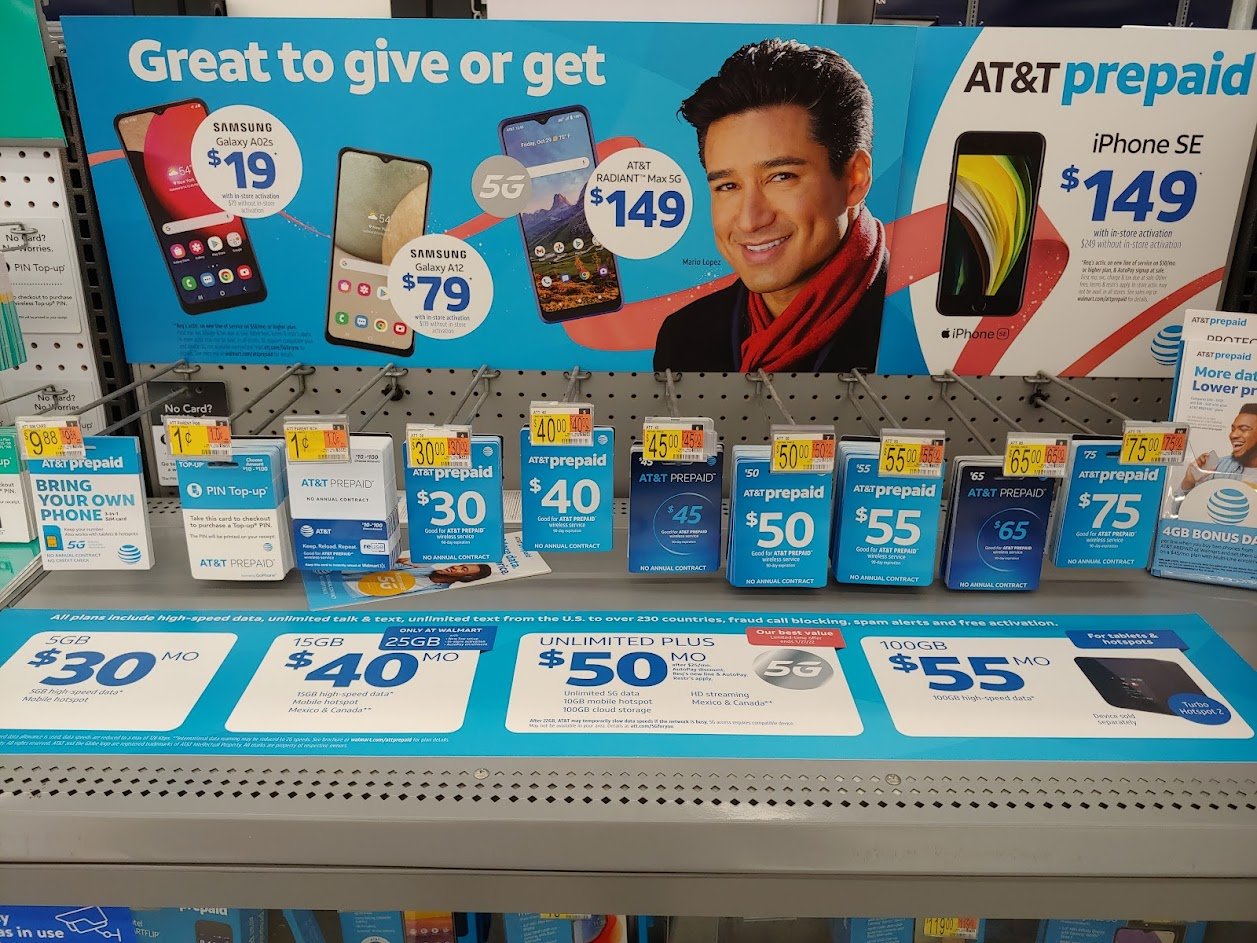Out of all the smart home devices, one thing that makes a particularly big difference to users is a smart air purifier. These purifiers can measure air quality and use a variety of filters to help clear allergens and pollutants inside a building. They can also trap annoying odors, help humidify, and more – all while staying too quiet to hear in the average room.
There’s only one problem: These smart air purifiers can grow dirty, and they need to be cleaned regularly so they can work properly. If you’re getting one of these air purifiers, you need to know how to clean it. Here’s how to take care of your air purifier when it needs a little maintenance.
Watch for filter alerts
Smart air purifiers use indicators, messages, and alerts to let owners know when it’s time to change filters. This is an excellent opportunity to give your purifier a full cleaning. Always check your owner’s manual for more information about when to clean filters, and know specific alerts or light colors to watch out for.
Remove all filters
Air purifiers tend to use several different filters at once to help filter out a variety of particles from the air, trap odors, and so on. Look at your owner’s manual to find out exactly how to remove them. Some filters can be lifted out of the top of the purifier without a problem. Others are kept behind a latched panel that you need to disconnect to pull out the filter. Make sure you have removed every filter from the purifier.
Check to see if any filters are disposable and replace them
Some air purifiers use disposable filters designed to be thrown away, others use permanent filters that you can wash, and many use a combination of both. Next, examine each filter and look in your owner’s manual to find out which are disposable and which are not. If the filter has a product number on it, you can look up that filter online quickly to find more information.
Ideally, your purifier came with a couple of extra filters you can use to replace disposable models. This doesn’t always happen, so you’ll have to order more online if necessary. That can delay the cleaning by a few days while you’re waiting for the filters to arrive, but it’s a good idea to order enough filters to last a year or two so you aren’t caught without any again.

Jenny McGrath / Digital Trends
Rinse and dry your permanent filters
Permanent filters are generally designed to be rinsed off and dried. Take the filter to the sink and wash it in lukewarm water until the water runs clear and the filter is cleaned. It’s okay to use a light spray setting on your faucet to clean the filter, but don’t use any jets or more forceful modes – filters can be delicate.
After washing them clean, set your filters out to dry. Filters should be completely dry before going back into the purifier. Otherwise, remaining dampness can impede air purifier operation and raise the risk of mold or mildew. It often takes filters a full day to completely dry out.
Give your carbon filters some sun
A common option in smart air filters is the carbon filter, which uses carbon to trap odors. These filters should not be washed, and they don’t always need to be replaced. Instead, find a sunny spot and leave them out for a day or so. This will help dispel the odors trapped inside.
Otherwise, there’s not much you can do with these filters except replace them as necessary. Carbon filters need to be replaced very often, around every several months, which can be too frequent for some users… that’s why sunshine is a potential life extender.
Drain and clean the air purifier
With the filters out, it’s time to clean the purifier itself. Many purifiers have tanks to hold water for humidifying or water drainage containers for dehumidifying. Start by draining those containers if necessary. Then take a clean, slightly damp cloth, and wipe down the air purifier both outside and in. Pay special attention to the corners where grime can build up. If possible, access the fan system and wipe down the fan blades to remove all dust buildup.
Let your air purifier dry out along with your filters, and when everything is fully dry, you can re-assemble the model and begin to use it again.

What if you have a HEPA filter?
HEPA filters are designed to filter out extra-small particles from the air, and a variety of air purifiers use some version of them. Some HEPA filters are permanent and designed to be washed, but true HEPA filters are generally disposable and need to be replaced, so it’s important to stock up if necessary.
How often should you clean an air purifier?
That depends partly on what sort of filters it uses, as filters have different lifespans. Generally, you should clean any permanent filters every three to four months. If your purifier only uses disposable filters, give it a general cleaning at least once a year.
Editors’ Recommendations











![Reddit Shares New Insights into Science Fiction Engagement for May the 4th [Infographic]](https://www.socialmediatoday.com/imgproxy/IYV9KVOiXjqlSYerlST8i2YoufP-IESC2l_nJ_HW670/g:ce/rs:fill:770:364:0/bG9jYWw6Ly8vZGl2ZWltYWdlL21heV90aGVfNHRoMi5wbmc.png)

